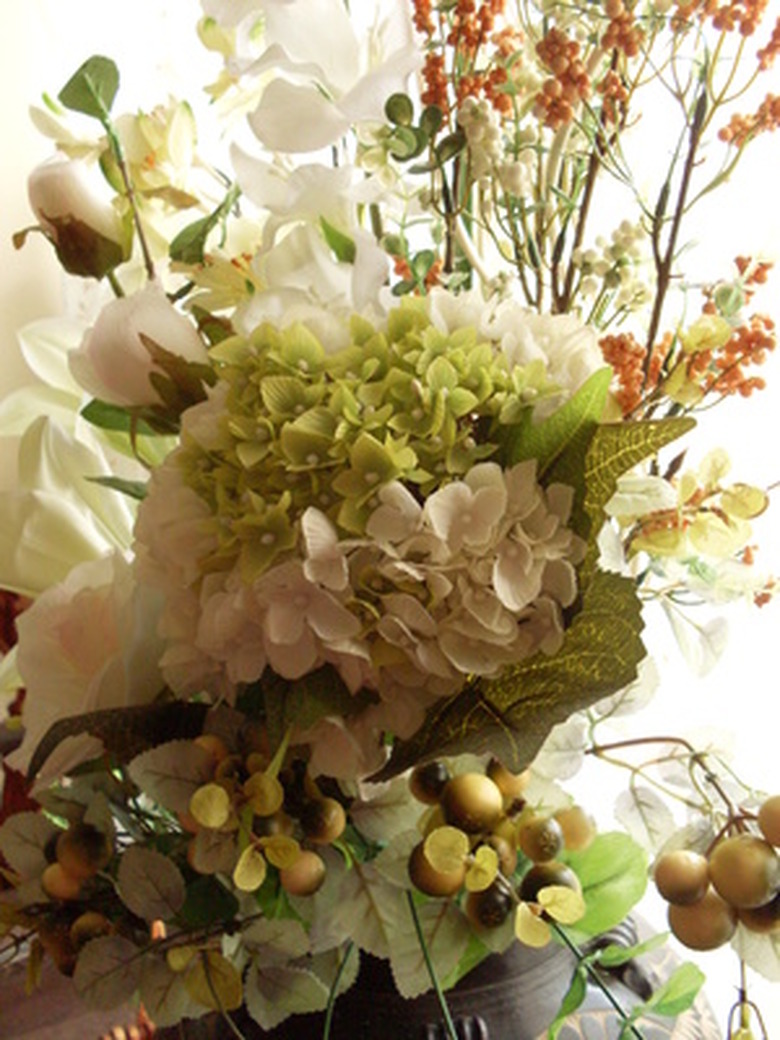What Should I Do If My Blue Hydrangea Has Turned Green?
Hydrangea is a perennial shrub that produces large bracts of showy blossoms in white, cream, pink, lavender and blue. Hydrangeas are used as foundation plants, in beds, along walkways and as houseplants. They prefer warm, moist climates and are low-maintenance plants. Hydrangea flowers change colors under certain conditions — for example, blue hydrangeas turning green or pink. This occurs due to a variety of conditions.
Aging of Blooms
Aging of Blooms
According to HydrangeasHydrangeas, the flowers will naturally turn greenish as they age. Both pink varieties and blue varieties of hydrangea show this tendency to turn green as the blooms get older. As long as growing conditions remain the same, the blue color will return when the hydrangeas begin a new blooming cycle.
Hydrangea's Color Changes
Hydrangea's Color Changes
Hydrangea is a plant that has the ability to change the color of its blooms depending on the pH of the soil in which it grows. A high pH makes the soil more alkaline, which will color the hydrangea blooms pink. A low pH makes the soil more acidic, which turns the hydrangea blooms blue. You can change the color of some varieties of hydrangea by adding aluminum sulfate to make the flowers more blue, or by adding dolomite to make them pink. If your hydrangeas are losing their blue color, first check the pH of the soil to determine it is adequately acidic. Alkaline soil will inhibit the uptake of any aluminum sulfate that you add to the soil.
Hydrangea Nutrition
Hydrangea Nutrition
The best way to keep your hydrangeas blooming in the color you desire is to plant the right type of cultivar. Some hydrangeas tend to turn blue, others will prefer being pink. Many white hydrangeas do not possess the pigment needed to change color at all. Next, ensure that your hydrangea plants are getting adequate nutrition. Fertilize weekly with a good-quality, slow-release fertilizer. You can also use fertilizer formulated for azaleas and camellias. Nantucket Hydrangea recommends using a fertilizer low in phosphorus because it can inhibit the uptake of aluminum, which helps keep hydrangea blossoms blue. They recommend running water over the roots of plants periodically to leach out salts that accumulate.
Green Varieties of Hydrangea
Green Varieties of Hydrangea
Some varieties of hydrangea naturally produce green blooms. The Limelight and Annabelle varieties both bear pale green blooms that are often used in wedding bouquets and in other flower arrangements.
